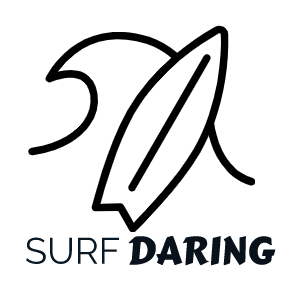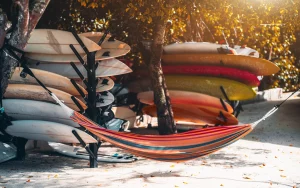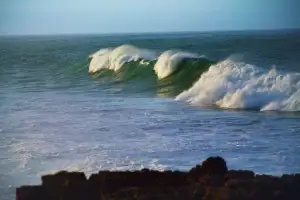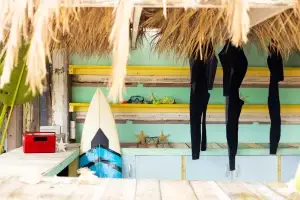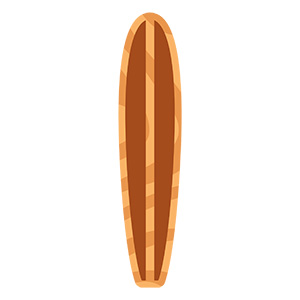
The Art and History of Longboarding: Riding the Waves with Elegance
Longboarding, with its classic and graceful style, has been an integral part of surfing’s rich tapestry. In this comprehensive guide, we delve into the world of longboards, exploring their characteristics, historical roots, and the enduring allure that has made them a timeless favorite among surfers.
Unveiling the Longboard: A Surfboard of Elegance and Versatility
Defining Longboards
Longboards, characterized by their extended length, typically exceeding 8 feet, offer surfers a unique blend of stability, smooth turns, and a nod to the sport’s historic roots. Let’s explore the defining features that make longboards a standout category in the surfing world.
Length and Dimensions:
Longboards, as the name suggests, are longer than their shortboard counterparts. With lengths typically exceeding 8 feet, these surfboards provide ample surface area for stable rides and ease of paddling. The extended dimensions contribute to a classic and elegant aesthetic.
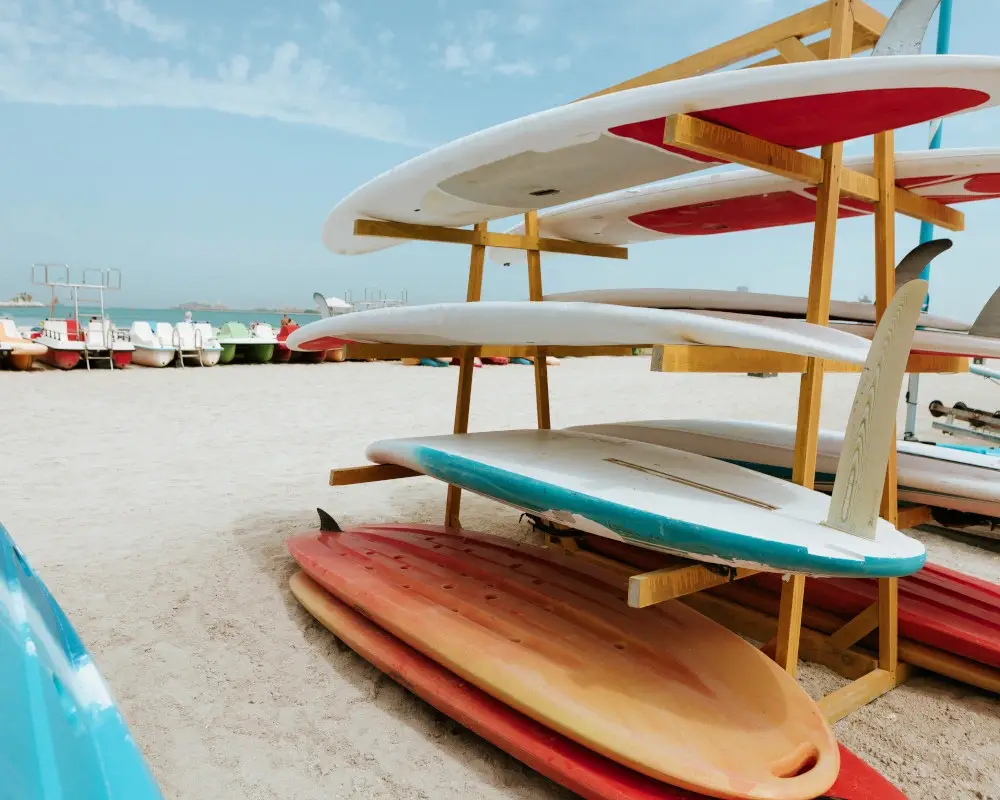
Shape:
The shape of a longboard is characterized by a long, narrow template. It often includes a rounded nose and a rounded or squared-off tail, contributing to the board’s stability and its ability to catch waves with ease.
Rocker:
Longboards typically feature a moderate-to-low rocker, promoting a smoother glide on the water. The reduced curvature of the board enhances its ability to catch smaller waves, making it an excellent choice for surfers seeking a relaxed and enjoyable experience.
Fins:
Traditional longboards often sport a single fin setup, though modern variations may feature 2+1 or thruster configurations. The single fin contributes to the classic feel and style associated with longboarding.
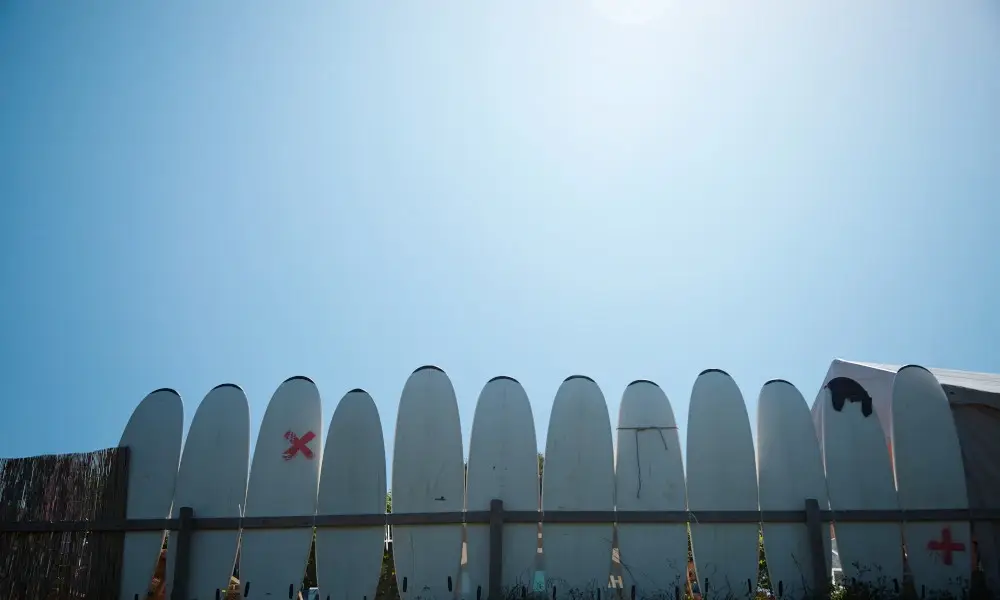
The Historical Tapestry of Longboarding
Ancient Hawaiian Roots
The roots of longboarding can be traced back to ancient Hawaiian surfing traditions. Early surfers rode massive wooden boards known as “Olo” and “Alaia,” setting the foundation for the art of wave riding.
Post-World War II Era: The Rise of Longboarding
In the post-World War II era, longboarding gained popularity, particularly in California. Surfers like Dale Velzy and Hobie Alter played pivotal roles in shaping the culture around longboards, crafting boards from materials such as balsa wood.
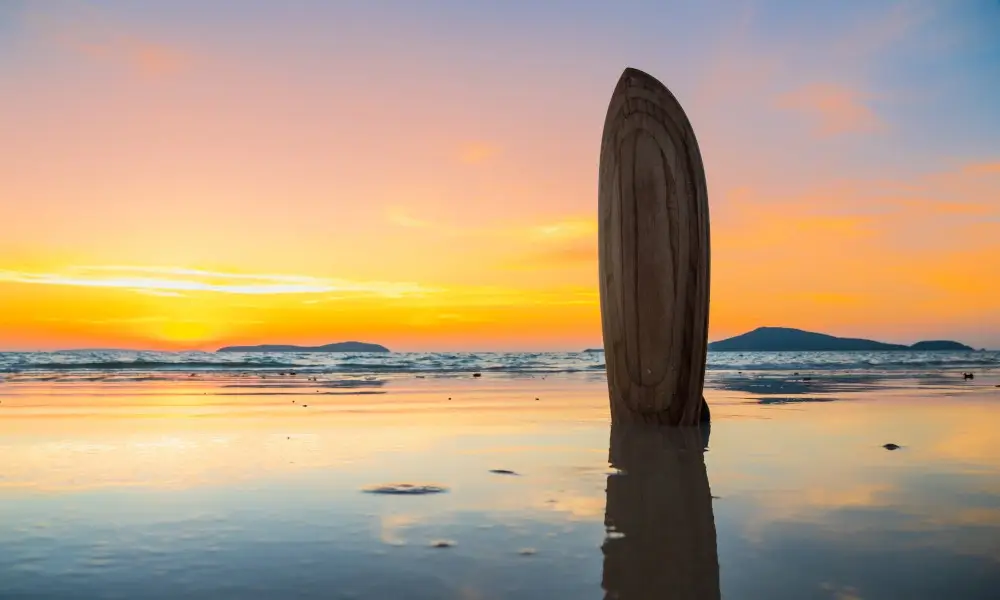
Malibu and the Golden Ea of Longboarding
Malibu, California, emerged as a key location for longboarding in the 1950s and 1960s. Surfers at Malibu’s First Point epitomized the classic, elegant style associated with longboarding, influencing the broader surfing community.
Noseriding Era and the 1960s
The 1960s witnessed a shift towards noseriding, where surfers skillfully moved to the front of the board, riding on the nose. This era emphasized style, finesse, and the artistry of wave riding, with iconic surfers like David Nuuhiwa making significant contributions.
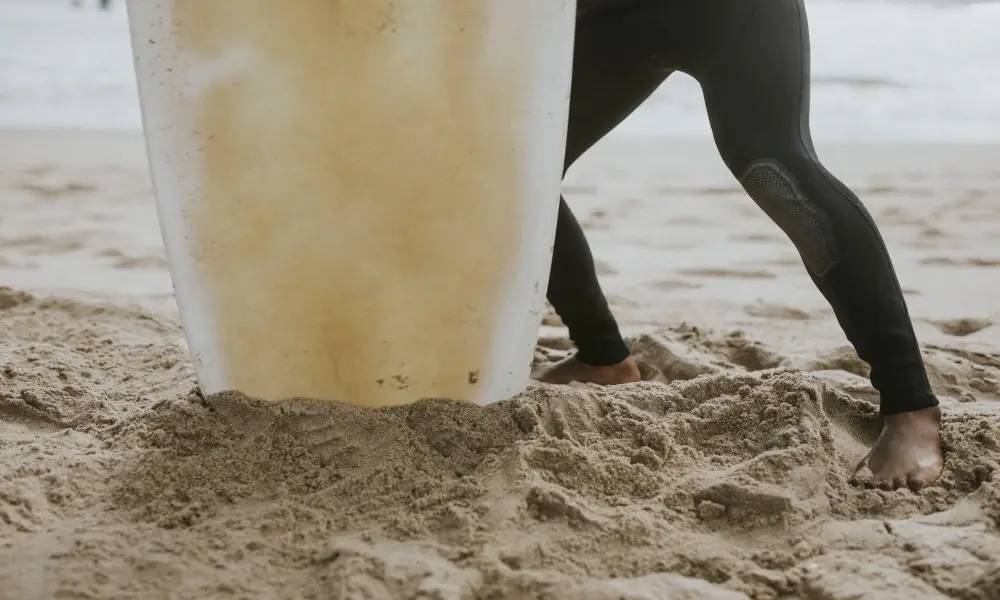
Decline and Resurgence
In the late 1960s and 1970s, the shortboard revolution led to a decline in longboarding’s popularity. However, the classic appeal of longboarding experienced a resurgence in the 1990s, with surfers rediscovering the joy of riding longer boards.
Modern Longboarding: A Blend of Tradition and Progression
Modern longboarding embraces a wide spectrum of styles, from traditional noseriding to high-performance maneuvers. Influential shapers and surfers continually contribute to innovations in design and technique, shaping the trajectory of longboarding in the 21st century.
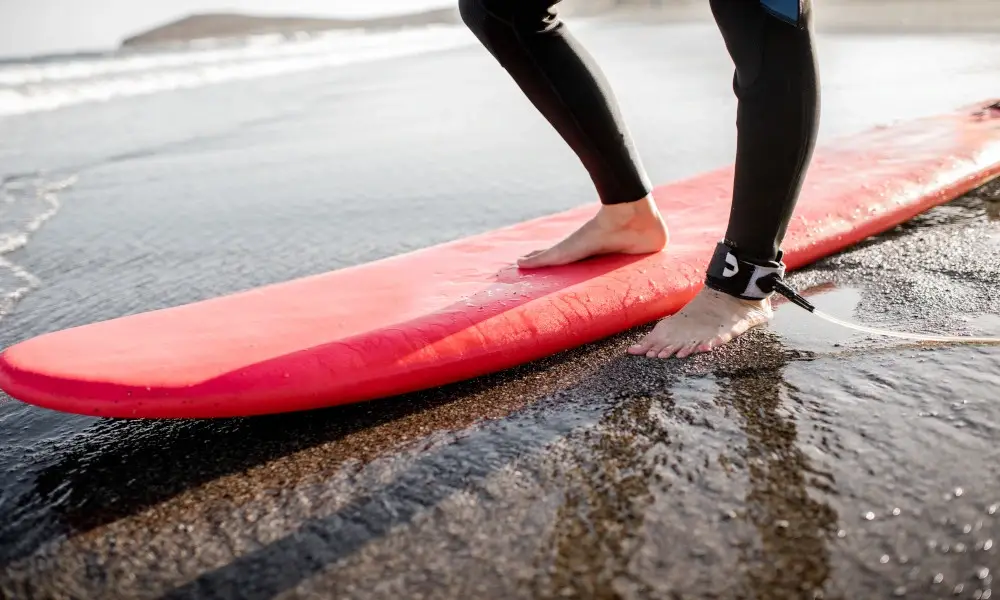
Competitions, Events, and Global Community
Longboarding has established its own competitive scene, with events like the World Longboard Championship showcasing surfers who blend classic and progressive maneuvers. The global longboarding community, diverse in age and skill level, fosters camaraderie and a shared appreciation for the art of wave riding.
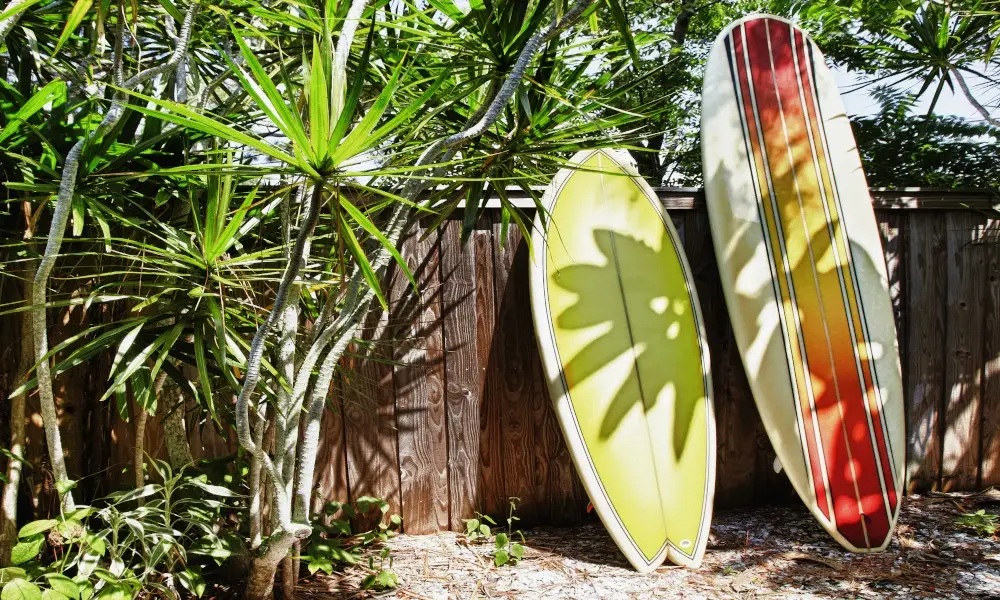
Riding the Longboard: Choosing, Riding, and Enjoying the Experience
Choosing the Right Longboard
For those eager to embrace the elegance of longboarding, selecting the right board is crucial. Considerations such as skill level, wave conditions, and personal preferences play a significant role in finding the perfect match.
Factors to consider:
- Skill Level: Longboards are ideal for beginners due to their stability. Advanced surfers may choose longboards for a relaxed and classic surfing experience.
- Wave Conditions: Longboards excel in small to medium-sized waves. Consider the wave conditions you’ll encounter most frequently to match the characteristics of the longboard to your needs.
- Volume and dimensions: Pay attention to the volume and dimensions of the board. These factors influence stability, paddling ability, and overall performance.
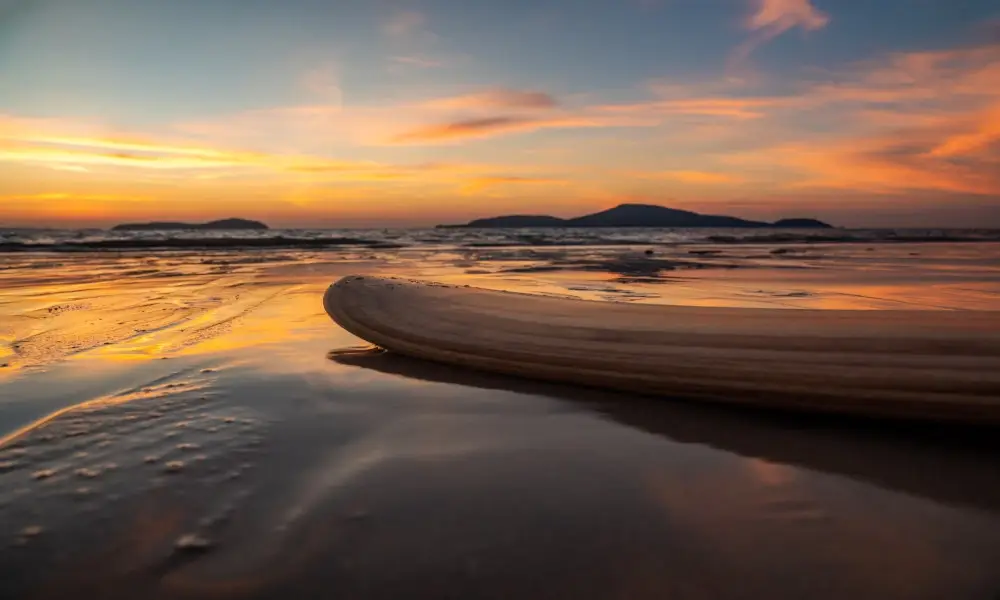
Styles of Riding
Longboarding offers a variety of styles, each with its own unique appeal. Whether you’re drawn to the classic artistry of noseriding or the progressive maneuvers of modern longboarding, there’s a style to suit every wave rider.
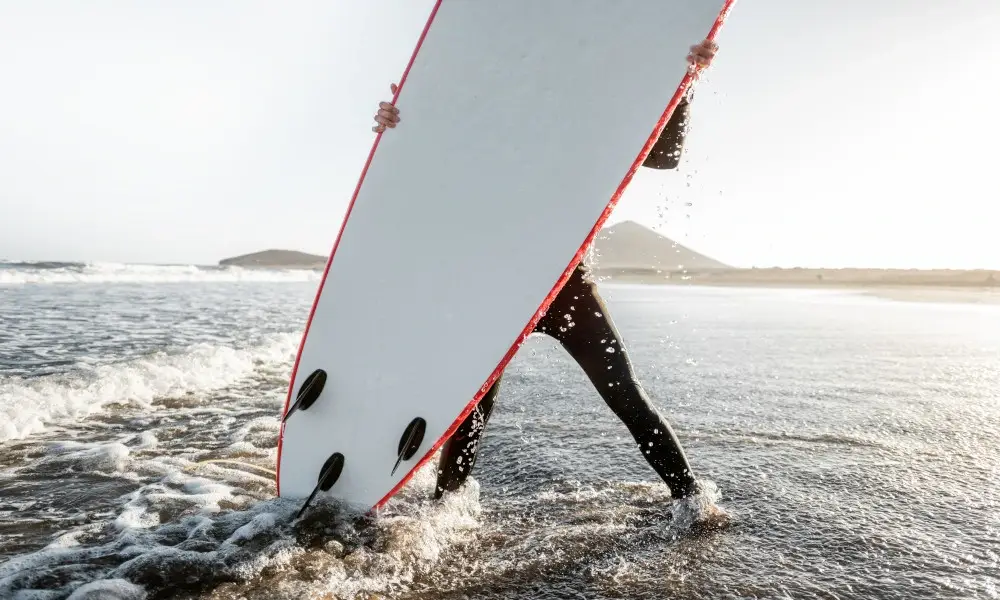
Noseriding:
- Noseriding is a classic longboarding style where surfers skillfully position themselves on the front of the board, riding the nose of the surfboard. This style emphasizes grace, control, and the timeless beauty of wave riding.
High-Performance Maneuvers:
- Modern longboarding includes high-performance maneuvers such as sharp turns, cutbacks, and even aerial tricks. Surfers push the boundaries of what is possible on a longboard, showcasing the versatility of these boards in various wave conditions.
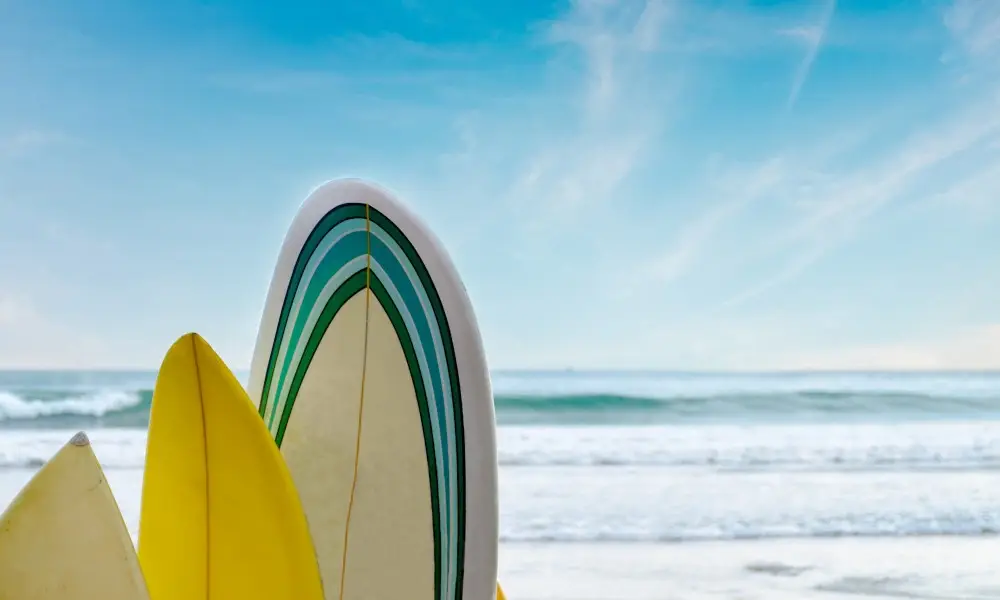

Seeking Professional Advice
If you are uncertain about the right longboard for your needs, seeking advice from experienced surf shop staff or consulting with a reputable shaper can guide you towards the ideal board. Customization is also an option, allowing you to tailor the longboard to your specific preferences.
Conclusion
Longboarding, with its deep historical roots and enduring popularity, remains a captivating aspect of the surfing world. Whether you’re drawn to the classic elegance of noseriding or the progressive maneuvers of modern longboarding, the art and history of longboards offer a rich tapestry of experiences for surfers of all levels. As the waves beckon, the timeless allure of the longboard continues to captivate and inspire, inviting surfers to ride the waters with grace, style, and a deep appreciation for the artistry of wave riding.
